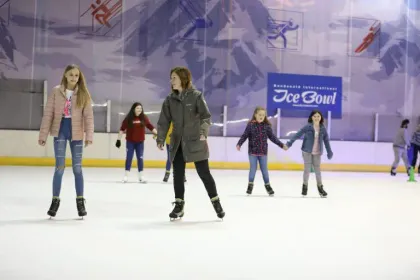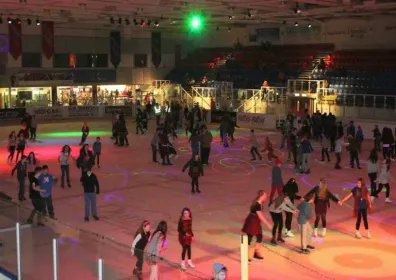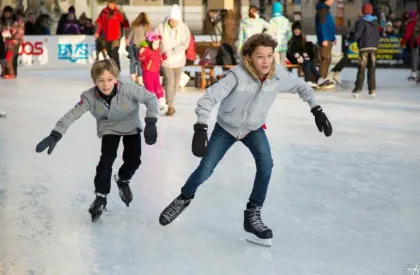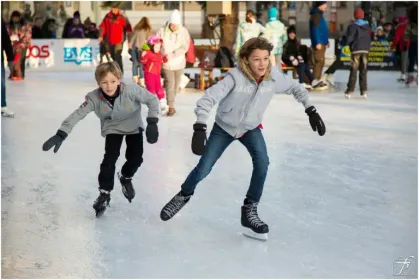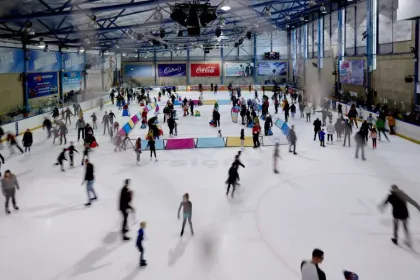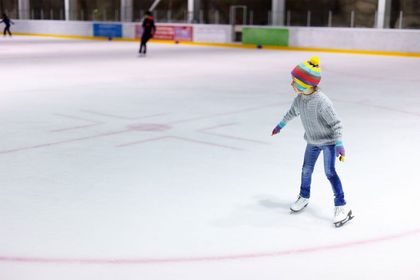
Ice skating, a graceful blend of art and athleticism, has captivated hearts around the globe. Whether it’s the thrill of speed skating, the precision of figure skating, or simply gliding across an ice rink for leisure, this action sport offers something for everyone. For those looking to embark on their ice-skating journey, understanding the basics and preparing adequately can transform initial trepidation into a passion. This guide aims to equip beginners with essential knowledge and tips to confidently step onto the ice.
Choosing the Right Gear
Before setting foot on the rink, selecting appropriate equipment is crucial. The cornerstone of ice skating gear is a pair of well-fitting skates. For novices, opting for skates that offer good ankle support is advisable to prevent injuries and ensure stability. While rental skates are available at most rinks, purchasing your own pair can provide a better fit and more comfortable experience as you progress. Additionally, dressing in warm, flexible clothing will allow for unrestricted movement while keeping you insulated against the cold environment of the rink. Don’t forget gloves to protect your hands from the cold and potential falls.
Mastering Basic Techniques
Embarking on your ice-skating adventure begins with mastering foundational techniques. Initially focusing on balance and posture is key; keep your knees slightly bent and your weight centered over the balls of your feet. Learning how to fall safely is also an essential skill — aim to fall sideways rather than forwards or backwards to minimize injury risk. As you become more comfortable on the ice, practice gliding on one foot at a time, stopping safely using either a snowplow stop or T-stop technique, and basic forward strokes. These skills form the building blocks upon which all further techniques are developed.
Taking Lessons
While self-teaching through observation and practice is possible, enrolling in professional lessons can significantly accelerate your learning curve. Certified instructors can provide personalized feedback, correct improper form before it becomes habituated, and introduce more advanced techniques at an appropriate pace. Group lessons offer a fun way to learn alongside peers at similar skill levels but consider private lessons if seeking tailored guidance focused solely on your progression.
Navigating Ice Rinks
Familiarizing yourself with different types of ice rinks can enhance your skating experience. Indoor rinks are available year-round, offering consistent ice conditions regardless of weather outside. Outdoor rinks present a unique experience under natural skies but may have variable ice quality depending on temperature fluctuations. Public sessions are great for practice but tend to be crowded; attending during off-peak times can afford you more space to practice without weaving through clusters of people.
Safety Precautions
Safety should always be paramount when engaging in any action sport including ice skating. Wearing helmets might not be common among all skaters but is highly recommended for beginners to protect against head injuries from falls — especially for children or those practicing more advanced jumps and spins. Always check that laces are securely tied and tuck in any loose ends to prevent tripping hazards on the ice.
Maintaining Motivation
Like any skill worth acquiring, progress in ice skating requires patience and persistence. Setting small achievable goals can help maintain motivation — celebrate mastering each new technique no matter how minor it may seem initially. Joining a local skating club or group can also provide community support and opportunities for friendly competition or showcases which further enriches one’s love for this elegant sport.




